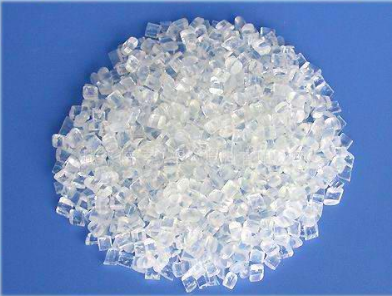The polymer synthetic resin (polymer) as the main component is infiltrated with various auxiliary materials or additives. It has plasticity and fluidity at a specific temperature and pressure, and can be molded into a certain shape, and the shape remains unchanged under certain conditions.
Most of the plastic raw materials are extracted from some oils. The most familiar part of the PC material is extracted from petroleum. The PC material has a gasoline smell when it is burned; ABS is extracted from coal, and the ABS is burned out. When it is extinguished, it will be in the form of soot; POM is extracted from natural gas, and when POM is burned, it will have a very smelly gas smell.

Classification of plastic raw materials:
According to the molecular structure of synthetic resin, plastic raw materials are mainly divided into thermoplastic and thermosetting plastics: thermoplastic plastics refer to plastics that are still plastic after repeated heating: mainly PE/PP/PVC/PS/ABs/PMMA/POM/PCPA, etc. Raw materials, thermosetting plastics mainly refer to plastics made of heat-hardening synthetic resins, such as some phenolic plastics and aminoplastics, which are not commonly used. According to the scope of application, there are general plastics such as PE/PP/PVC/PS, etc. Several commonly used ones such as ABS/POM/PC/PA. In addition, there are some special plastics such as high temperature, high humidity and corrosion resistance and other plastics modified for special purposes.